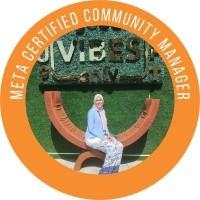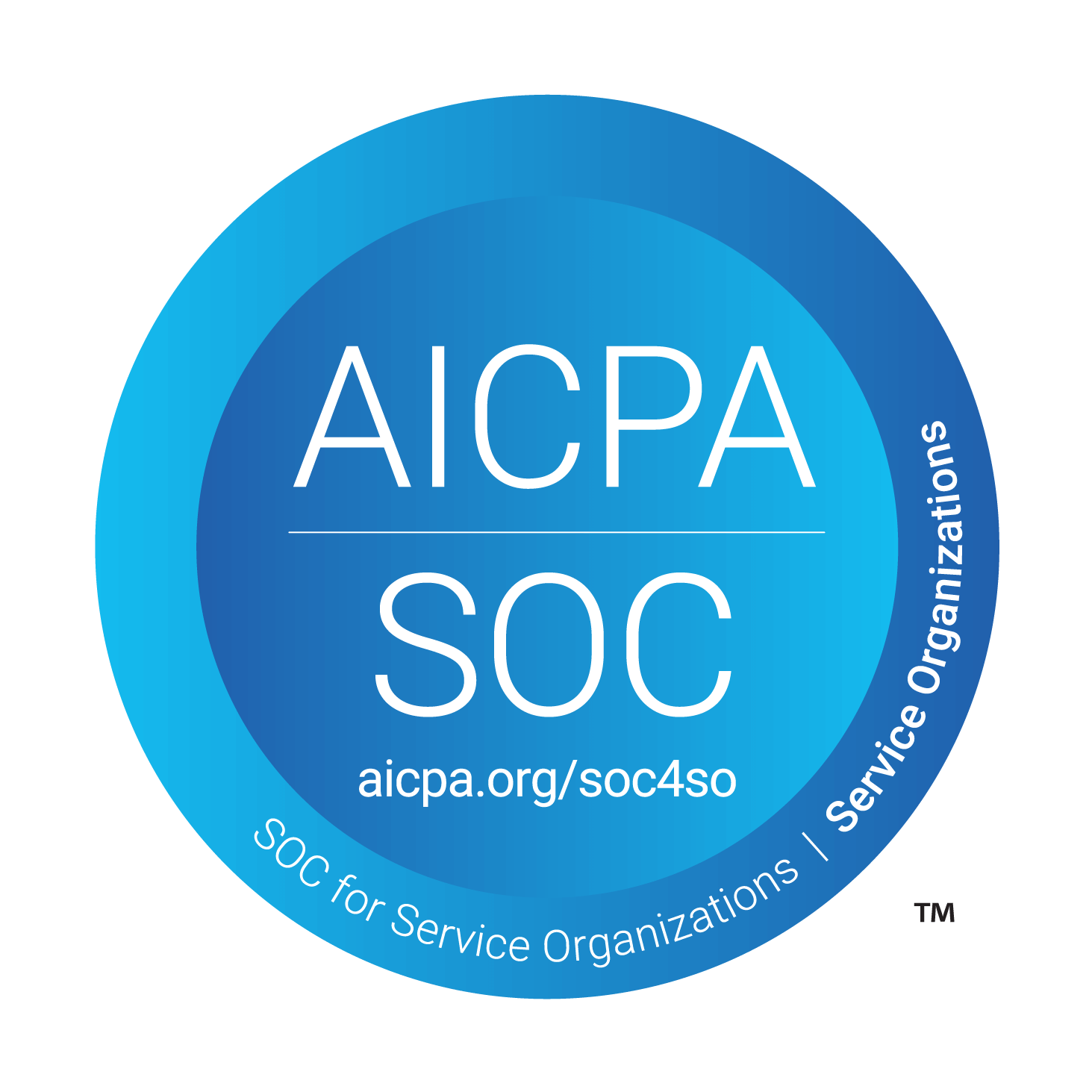How Software Companies Can Generate Leads From An Online Community
Nov 9, 2022

Asmaa Moussa
Community specialist @ ClickFunnels
Intro
Lead generation has always been an integral part of the sales process. All businesses are currently implementing a variety of strategies to grab the attention of their target audience and hopefully turn them into paying customers. Social media platforms for example are used heavily by marketers to generate leads.
However, as a SaaS business, if you are not leveraging online communities you could be missing out on a major opportunity to acquire users and generate higher revenue.
Often, generating leads from an online customer community can be challenging without a clear strategy in mind. To make it easier for you, we have created this guide to help you identify the importance of lead generation for SaaS companies and how to develop a strategy that turns your community into a lead-generating machine.
Let’s dive in!
Generating leads from an online customer community
Customer behavior has changed drastically in the last few years. Expectations of how businesses approach their target audience have become much higher. Hard pitching and aggressive advertising strategies do not work anymore. Customers are now more aware than ever of the importance of having a relationship with the businesses they choose to engage with.
That’s why it is the perfect time for marketers to try alternative ways that are more inclusive of their audience. In other words, now is the time to start a community that focuses on building meaningful relationships with your customers and prospects. Within communities, brands and customers engage in a two-way journey where they can share valuable ideas, insights, feedback, and information. This type of communication can spark meaningful breakthroughs regarding how the business can further serve its clients. It can spark new product or content ideas to provide a superior customer experience.
Customers buy from businesses they know, like, and trust. Investing in creating a supportive community is surely one way to raise awareness for the business, position itself as a trustworthy resource for getting quality information, and build a base of raving fans.
Leveraging communities for lead generation
Through online communities, brands have a unique opportunity to create a meaningful journey for their audiences. As Seth Godin once said, “people do not buy goods and services. They buy relations, stories, and magic”. Here is a step-by-step strategy that brands can navigate through to successfully execute the lead generation process with a customer community:
Deliver valuable content: Every business is out there looking for more sales and that is perfectly fine. It can be very tempting for marketers to always try to pitch their offers but it is far more lucrative if they positioned their companies as the industry leader by offering valuable content first, before asking for business transactions. Focus on transforming your community into a hub of useful resources for your target audience by sharing solutions to their business problems beyond your own products. Allow members to provide help and engage in meaningful discussions to boost relations and empower each other. The more your members succeed in their business, the longer they continue to use your solution. The more value you bring to prospects, the easier they decide to invest in your business. In simple words, be authentic in supporting your community and you shall be rewarded. The most effective online communities offer value for their target audience, including non-customers rather than only existing customers, and allow them to discuss topics that might not be directly related to your product but are still impacting their lives and businesses. For example, if you sell an email marketing tool to small business owners, they will likely appreciate engaging in conversations about copywriting, traffic, conversion optimization, landing pages, etc. Create education spaces in your community where members can talk about niche-specific and interest-based day-to-day activities or frustrations. Encourage members to create content to ask questions and share best practices. This way, they will start viewing your community not only as a product add-on but also as a safeplace where they can grow and share their concerns with similar minds.
Make your content discoverable: Creating a supportive community where members can share everything business-related is hard work. Ignoring to display your community discussions everywhere possible is a sure way to waste that effort. It is essential to bring the valuable discussions in your community to light by promoting and sharing them to all relevant social media platforms such as Linkedin, Facebook, or whatever platform your audience lives on. It is also important to host your online community on a platform that supports SEO and Google discoverability. Your ideal customer will likely search online about similar topics to what you have in your community and you definitely want them to be able to find those discussions on search engine pages. If your community platform does not allow for this to happen, it is going to be a lot harder to show the value of your community to your target audience. You need a platform that has the ability to position your community's content in google search results, put the value of your community in the feed of people with similar interests, and when people search for similar topics on the platform itself, your community and its content need to show up.
Convert community visitors into leads: Now that you have an engaged community with relevant content for existing customers and non-customers, it is time to translate this effort into actual benefit for the company. First, you need to identify your unique criteria for a quality lead who has a good potential of becoming a paying customer. These criteria vary among businesses and they can vary from simply joining an email list to requesting a demo or scheduling a call, but in a customer community it usually takes a little more effort to identify a lead. Here are some potential ways that you can identify a lead in your customer community (note: these indicators are dependent on the balance of niche-based topics vs brand-based topics in your community):
The non-customer has been active and engaged (posted, commented, etc.) with the community and its niche based resources and discussions, multiple times.
The non-customer has interacted with a brand or product specific resource, discussion or post.
The non-customer made an inquiry about the product in a post or comment.
The non-customer has been a community member for more than 2 weeks.
Now that you are capturing leads from your community, you should continue assessing and honing your community efforts for better results. Here are some tips to enhance your audience's experience:
Listen to your members: Encouraging community members to share their questions and feedback is an extremely important way to generate leads. As soon as you identify your community’s pain points, it is much easier to develop solutions and content that responds to their challenges. Acknowledging members’ frustrations will not only build trust among your current users but will also respond to those who are interested in your product.
Educate your community team: The community management team roles should expand beyond deleting spam comments or performing site maintenance. Businesses must invest in educating and training their community managers so they can respond to interested customers. It is essential that they become extremely familiar with the company’s products and act as ambassadors to assist community members in identifying the best product for their needs as well as any opportunities for offering upsells or downsells as needed. This role has to be done with complete honesty while always prioritizing customers’ best interests.
Invest in a quality community platform that suits your needs: All the previous strategies won’t matter if you haven't prioritized selecting a community platform that exactly fits your needs. It is crucial to consider a platform that focuses on enhancing the customer journey and reducing friction for community members and potential customers.
Conclusion
Customers have become smarter than ever and the only way for businesses to survive is by following their lead. It is time to think differently and give customers what they really want. By allowing them to head towards communities to create deeper discussions, develop relations, and find answers, businesses will create opportunities for a more humane experience that relates to their audience and opens a space for bringing more business.





